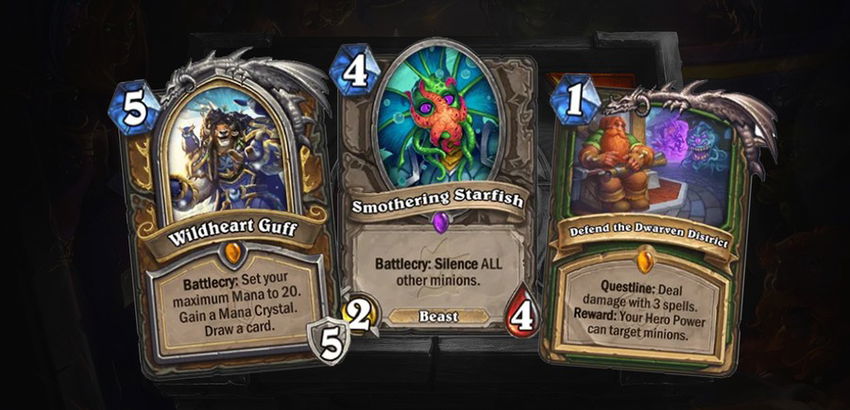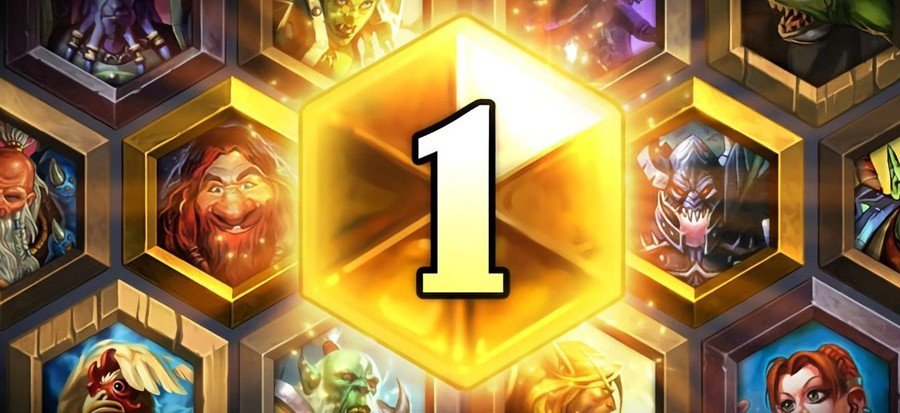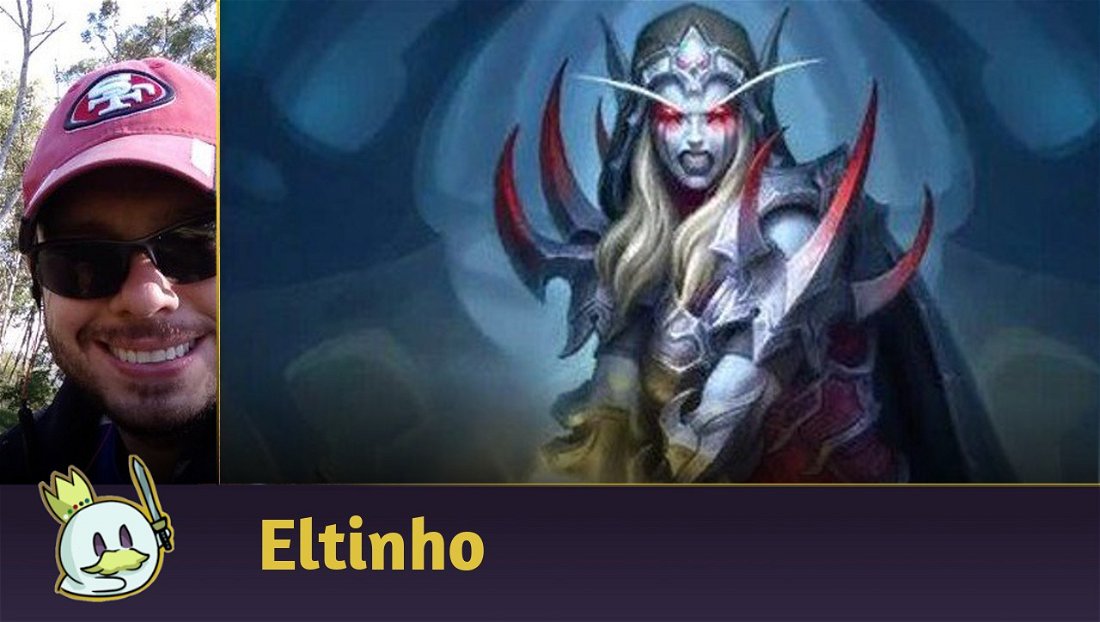Presentation
Today, I'm going back a little bit: a few years ago, I was responsible for the analysis of the Hearthstone Metagame for a long time in a series of articles called "An Eye on the Meta". While Legacy is my main format in Magic, Hearthstone is probably the game I spend the most time on. When Cards Realm invited me to write about both games, I immediately accepted!
There are basically two ways to analyze a Metagame: subjective and objective analysis. In the subjective, you recruit a group of experts to give their opinion on which are the strongest and weakest decks in a Metagame, and you rank them based on those analyses. On the objective side, you gather the raw data thanks to tracker apps and categorize the decks according to their frequency and their winning percentages. Both have their advantages and disadvantages, and a combination of them helps to better understand the format and how to respond to it.
Ad
For my analysis, I usually rely on Data Reaper from Vicious Syndicate, which I consider the benchmark in objective analysis, with thousands of games analyzed per week and a metric system which I will present in more detail and its uses in other games in a future article.

This month's article is based on the first analysis done after patch 24.2.2, which hit some critical Standard cards like Wildheart Guff, Edwin, Defias Kingpin, Nightcloak Sanctum, Magister Dawngrasp, Defend the Dwarven District, Kael'thas Sinstrider and Smothering Starfish. The nerf opened up the format, and at this point the game's nine classes have viable gameplay options (What? 10 classes? Oh, forgot about Paladin. Blizzard forgot too).
Vicious Syndicate offers a stratified analysis by game rankings (Legendary, Diamond, Platinum and Gold/Silver/Bronze). To reach a wider audience, I will stick to the Diamond levels of the survey. The data indicates 3 metrics:
- Frequency (how popular the deck is in Meta);
- Power (how effective the deck is in Meta);
- Strength.
A combinatorial analysis of Frequency and Power, to understand how much a deck influences the format, even without being the most popular or the most efficient — a deck that is both the most common and the strongest would have the perfect score of 100 in this metric).
Frequency
Here we analyze which decks are most popular. Knowing which decks you're most likely to find helps you choose decks that don't have negative feelings against them. It also helps to identify decks that will be less focused by opponents.
Below is the breakdown of the most popular decks in the format:
Class - Archetype - Frequency
Tier 1
Relic Demon Hunter - 13.66%
Ramp Druid- 10.41%
Aggro Druid - 10.38%
Tier 2
Imp Warlock - 9.66%
Big Beast Hunter - 6.96%
Quest Priest - 6.42%
Control Shaman - 6.38%
Skeleton Mage - 6.09%
Tier 3
Big Spell Mage - 3.40%
Thief Rogue - 2.81%
Naga Priest - 2.30%
Aggro Demon Hunter - 2.03%
Quest Hunter - 2.01%
Tier 4
Edwin Rogue- 1.97%
Curse Warlock - 1.90%
Enrage Warrior - 1.72%
Face Hunter - 1.65%
Others - 10.25%
As I said above, we have a pretty diverse Metagame, no archetypes above the 15% alert cutoff, and all (except the poor Paladin) classes with reps above 1.5%.
If the goal of the last patch was to open the options (basically only 6 classes were present before that), we can say that the result was a success. But what about the deck's win rate, where are we?
Power
Here we see the other spectrum of analysis, which decks are earning the most. It's good to understand how this metric ends up being affected by the previous one: decks with higher win rates tend to become more popular and vice versa (emphasis on trend - some decks end up staying popular even without being the most successful because the base of players simply enjoy playing with them), so as they become more frequent, they become more targeted and this often affects their Power rating.
Ad
Some decks turn out to be so strong that even with the Meta all focused on them, they're still at the top of this metric — that's usually when the nerf comes. So let's see the current situation:
Class - Archetype - Power
Tier 1
Big Beast Hunter - 56.39%
Naga Priest - 54.14%
Face Hunter - 53.36%
Aggro Druid - 53.12%
Imp Warlock - 53.07%
Tier 2
Control Shaman - 51.74%
Big Spell Mage - 50.66%
Tier 3
Relic Demon Hunter - 49.85%
Aggro Demon Hunter - 49.21%
Skeleton Mage - 48.22%
Quest Hunter - 48.18%
Enrage Warrior - 48.09%
Quest Priest - 48.03%
Thief Rogue - 47.74%
Edwin Rogue - 47.53%
Ramp Druid - 47.43%
Tier 4
Curse Warlock - 42.91%
Due to the low prevalence of Paladin decks at higher ranks, the class isn't present in the Power metric. Big Beast Hunter and Naga Priest emerge as the two most effective decks in the format, two decks that did well with the nerf in Smothering Starfish, but the overall win rate of the other decks isn't too far off from the rest of the format.
Don't be fooled by values below 50% of Winrate because up to a rate of 47%, the ability and knowledge of a player with the deck can compensate for the average performance, so they are viable decks for the format, even if they require a bit more dedication.
That is, except for the dreadful Curse Warlock, at this point there is plenty of room for a wide variety of decks to be viable as valid options to climb the ladder of the Standard format competitive ladder.
Strength in the Metagame
How do you know which deck is most important in a format when one doesn't lead both metrics, the most popular or the most winning?
Vicious Syndicate created a methodology to convert Frequency and Power percentages into values from 0 to 100, where 100 would be the most popular/winning deck within each of these analyses and the average between values, indicates the strength of the decks.
A balanced meta will see several decks halfway to the perfect 100, while a meta skewed by an unbalanced archetype will have a deck that is very close (or even 100) and several decks well behind the dominant. When a deck gets to that point and the meta can't fix itself, outside intervention is needed.
The table for this analysis then looks like this:
Class - Archetype - Meta Strength
Tier 1
Big Beast Hunter - 75.5
Aggro Druid - 75.2
Relic Demon Hunter - 74.4
Imp Warlock - 72.4
Tier 2
Control Shaman - 55.2
Ramp Druid - 53.1
Naga Priest - 49.6
Face Hunter - 44.2
Quest Priest - 40.8
Skeleton Mage - 40.4
Big Spell Mage - 40.0
Tier 3
Aggro Demon Hunter - 29.4
Thief Rogue - 26.4
Quest Hunter - 25.2
Enrage Warrior - 23.8
Edwin Rogue - 22.8
Tier 4
Curse Warlock- 4.2
As we can see, we don't have any decks heading towards Strength 100, but rather a large grouping of decks in the 70's, followed by a large block in the 55-40 range.
When we have a large dispersion of archetypes in these mid-ranges, we have a symptom that no deck is in a position to overwhelm the others, although the high-power value of the Big Beast Hunter may attract more players to the deck in the coming weeks and the trend is to go up in this index in the next analyzes, which will demand other decks to adapt.
Ad
Decklists
Below are the standard lists of the decks analyzed in the article:
Imp Warlock
Curse Warlock
Relic Demon Hunter
Aggro Demon Hunter
Big Beast Hunter
Quest Hunter
Face Hunter
Druid Ramp
Aggro Druid
Enrage Warrior
Thief Rogue
Edwin Rogue
Skeleton Mage
Big Spell Mage
Quest Priest
Naga Priest
Control Shaman
That's it for now, in the future I'll bring you updated analysis of the standard Hearthstone Metagame.
Thanks for reading!









— Comentarios0
Se el primero en comentar